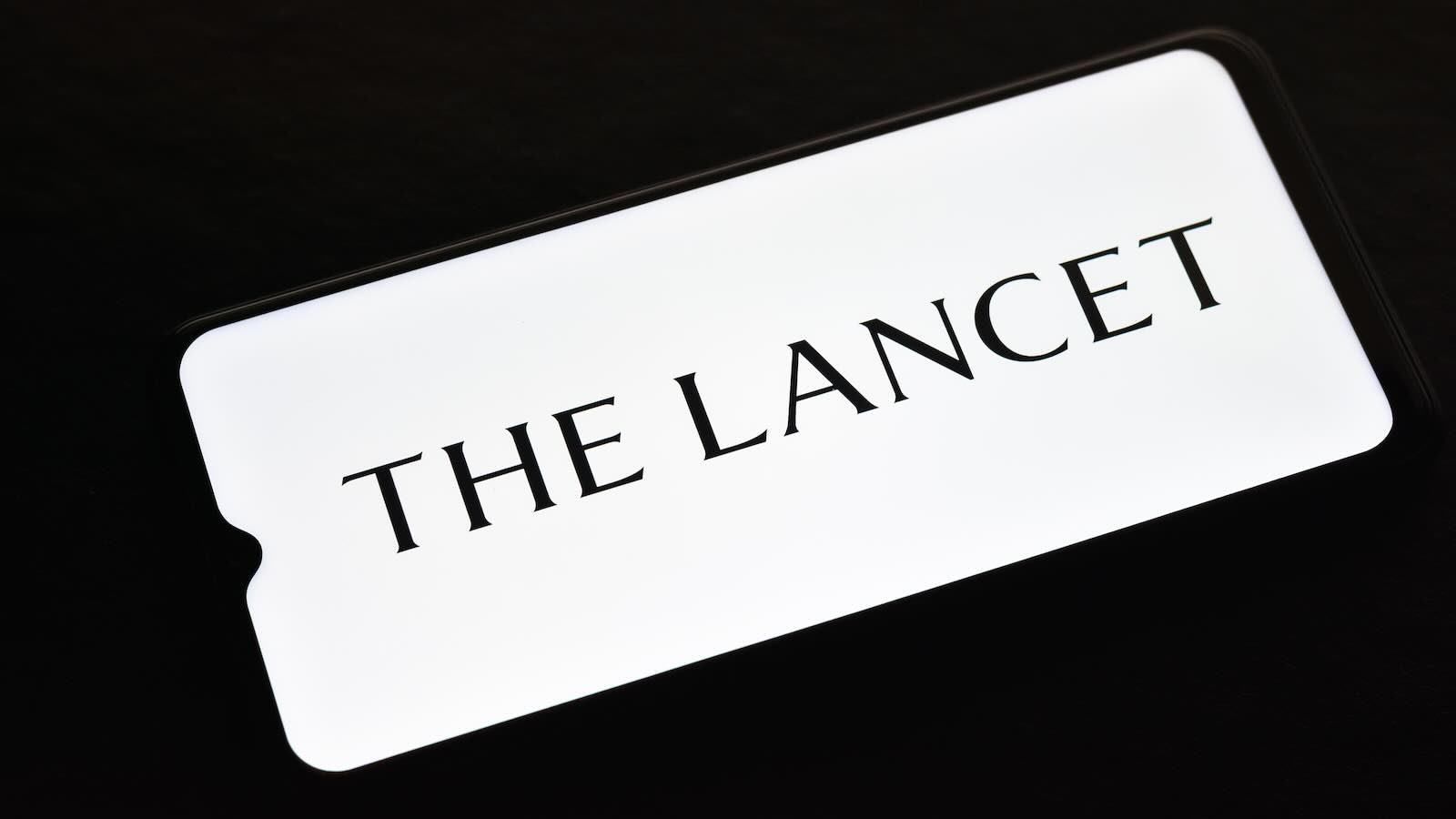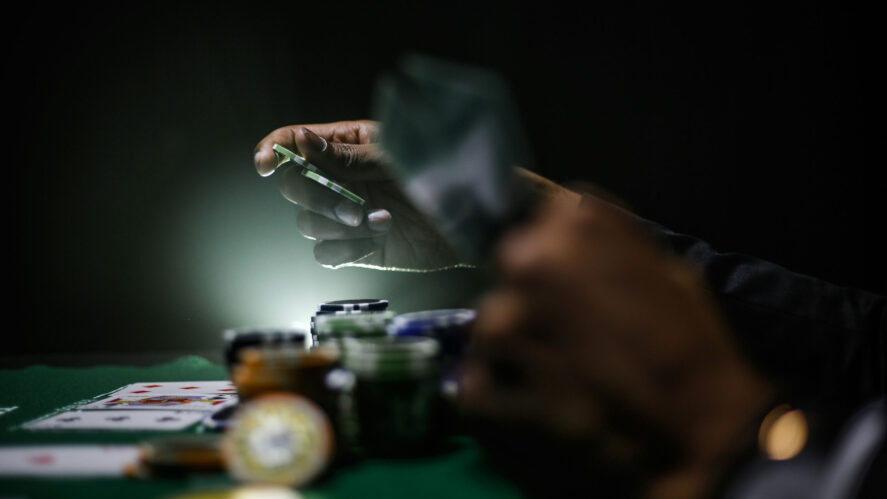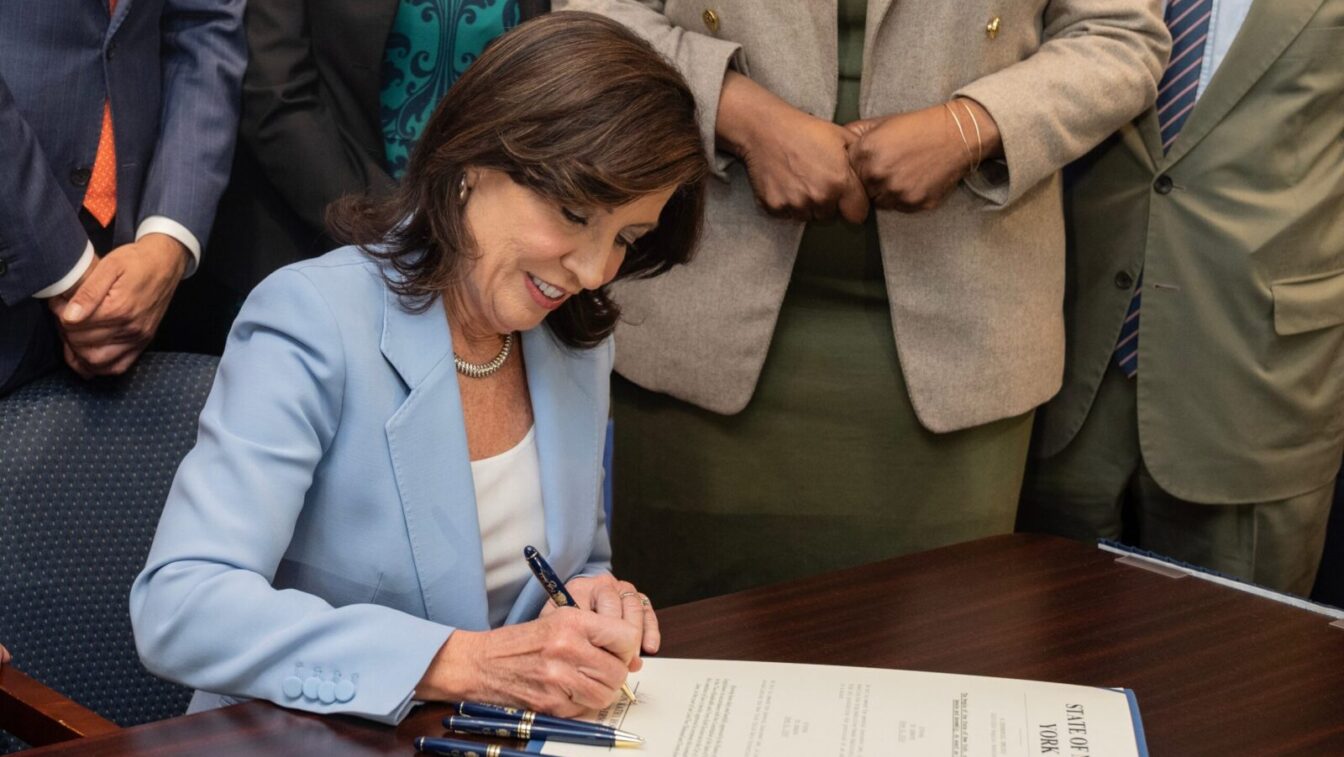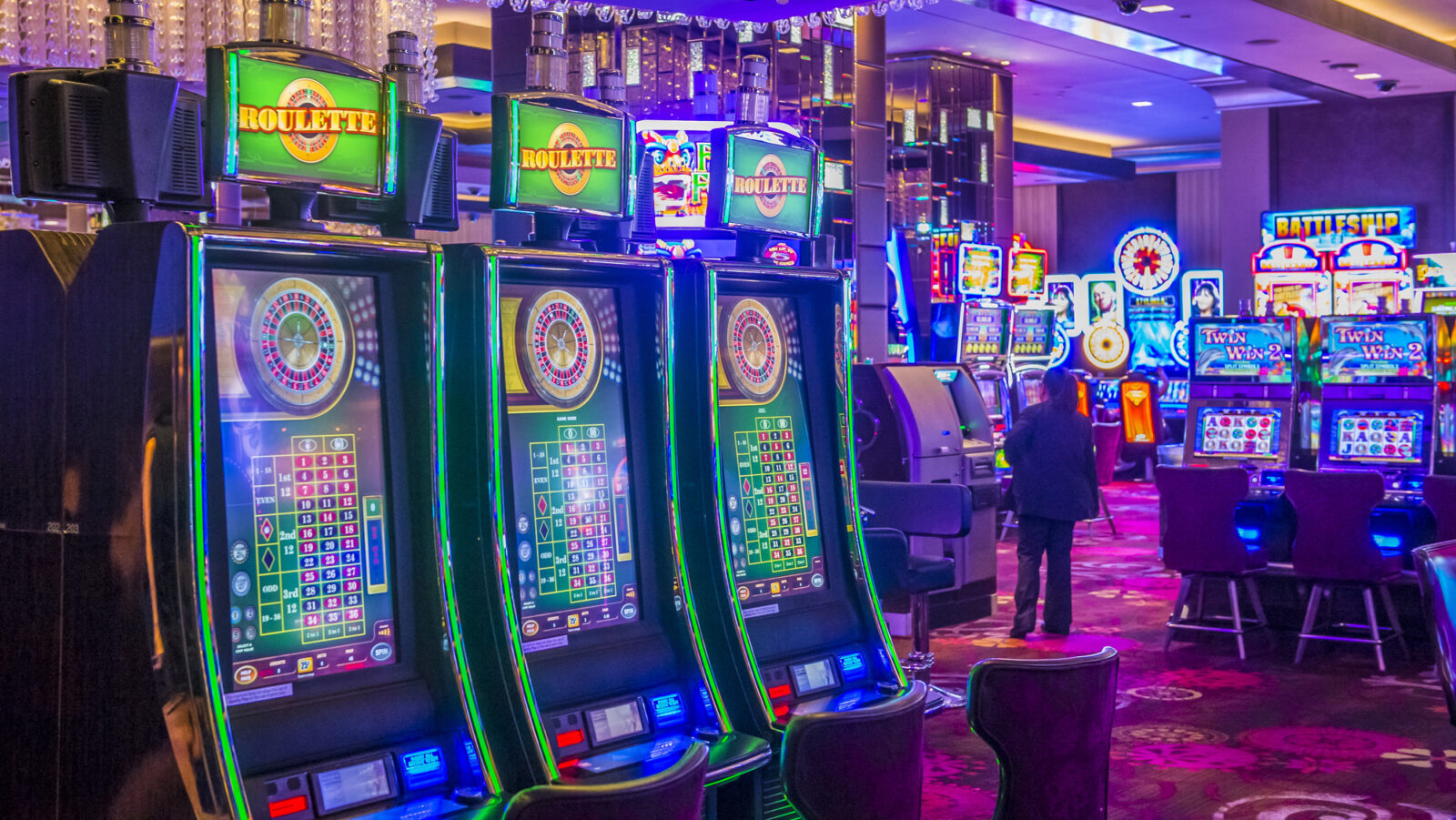Medical Journal: 26% Of Teens Who Use Online Casinos Have Gambling Disorders
The report identified social media and influencer culture as a problematic factor
3 min

A 22-member commission consisting of scholars from more than a dozen countries across the world published a 45-page study late last week in the prestigious The Lancet medical journal, calling gambling “a public health issue” and listed seven recommendations its members say are “feasible, achievable, and likely to be effective in reducing gambling harms.”
“We acknowledge that implementing these recommendations might take time, will not be easy, and will require sustained effort and co-operation from multiple international actors,” the authors wrote. “We hope to establish a clear direction for future action that will lead to effective policy design and implementation.
“We urge governments at all levels to adopt our recommendations and to commit themselves to substantial improvements in the protection of public health and welfare from harms associated with gambling.”
Here are some main highlights and eye-catching findings of the Oct. 24 report, including those seven policy recommendations.
1 in 10 teens gambled online in the last year
Via a systematic review of existing population surveys combined with random probability sampling methods, the 22-member commission estimated that 46.2% of adults and 17.9% of adolescents worldwide gambled at some point within the past year — and 10.3% of those adolescents had gambled online.
“Which is noteworthy,” the report read, “given the widespread agreement that commercial gambling among adolescents should be prohibited.”
The World Health Organization defines an adolescent as someone aged 10-19.
The legal gambling age in the U.S. is either 18 or 21, depending on the state and the gambling activity. So, in the vast majority of cases, adolescent gambling in the US would be illegal.
However, the commission noted that adolescent gambling rates were the highest in North America and lowest in Australia. For adults, gambling rates were highest in North America and Australia and lowest in Latin America.
Further, the commission estimated 15.8% of the adults and 26.4% of the adolescents who gamble “using online casino or slots products” experience gambling disorders. Those numbers drop slightly to 8.9% and 16.3% for sports betting.
Social media is a significant factor
The report specifically singled out social media and influencer culture as a major culprit for the starting rates of gambling — and gambling problems — the commission identified among adolescents.
Per the report, a 2018 review of 417 Twitter accounts of gambling companies and their partners found that those accounts posted a total of 566,339 tweets “advertising specific bets or gambling opportunities” during a nine-month period. Then 350,000 more tweets were meant to promote a product or brand related to the account.
And adolescents are among the biggest groups interacting with this type of content, the report claims.
As proof, it cites a United Kingdom study that showed 73% of respondents aged 18-24 reported seeing gambling ads on social media at least once a week, compared to 63% of respondents older than 25. A separate UK study reported that 28% of 1,132 children 16 and younger saw or interacted with esports betting ads on Twitter.
‘Framing’ from industry, lawmakers
The commission also singled out a process it called “framing” as a significant factor in making gambling the public health issue it believes it is today.
It called out framing conducted by commercial operators, as well as legislators who push for gambling bills across the world.
“In this responsible gambling paradigm, harms are framed as the consequence of poor choices or individual deficits in self-control experienced by a minority of vulnerable individuals, rather than arising from the nature of products and commercial practices,” the report reads. “This kind of framing is used across several unhealthy commodity industries — such as alcohol and ultra-processed foods — as a means of aligning harm with consumption patterns rather than supply patterns.”
Before elaborating on its seven recommendations, the commission also identified the currently most used measures to prevent gambling-related harm and noted which measures were the most effective.
The six most effective were:
- Locating gambling venues away from at-risk populations
- Smoking bans and alcohol limitations at gambling venues
- Mandatory limit-setting
- Interventions based on tracking
- Personalized feedback and motivational interview
- Motivational interviewing interventions
The most ineffective measure was information and awareness campaigns, which the commission said gave “no evidence of associated decreases in gambling.”
The commission’s 7 recommendations
Here were the 22-member commission’s seven recommendations:
- Governments around the world need to prioritize public health and well-being over economic motivations.
- Create regulations to: reduce exposure to gambling via limits on promotion, access, marketing, and sponsorship; provide affordable and universal treatment and help for gambling problems; and make efforts to “de-normalize” gambling among the public.
- Countries need to establish a well-funded, independent regulator for gambling that focuses on: keeping children and adolescents from gambling, providing consumer protection methods and user registration systems; and putting in place mandatory limits (such as deposit or betting limits) and universal precommitment systems.
- The world needs to see a “rapid transition” away from industry-funded research and treatment and, instead, toward more independent research and treatment.
- The UN and other intergovernmental organizations should incorporate preventing gambling harms into their strategies and policies.
- There needs to be an “international alliance” that serves as the world’s thought leader when it comes to preventing gambling harms.
- The process should begin to “adopt a World Health Assembly resolution on the public health dimensions of gambling.”





